The post Your Vacation Photography Packing List appeared first on Digital Photography School. It was authored by Simon Bond.

Andrew Neel
It’s summer, and for most people, that means a vacation somewhere nice and sunny! Now, of course, it’s nice to bring those holiday memories back home. That is why people bring nice cameras with them, and perhaps purchase new lenses to get the very best images. You’ve chosen an amazing exotic location, so this is a chance to photograph something that’s not from your regular day. The big question pre-trip is what to pack! Having read this article for your vacation photography, you’ll make the trip knowing you have the right equipment for your needs.
Going alone, or with family?

The group photo, how will you take yours?
Depending on your age and life circumstances, you will either be going alone or with a group. The equipment you bring for either of those situations will be different. If you’re with family, you won’t be able to spend the whole day out photographing somewhere, so the amount of equipment you’ll need is going to be less. This article is going to assume you are traveling with the family since if you’re traveling alone, that’s a different packing list more aimed at a travel photographer. That’s not to say you won’t get great travel photos on your trip. With the right equipment, you’ll hold your own against someone who perhaps has more time.
Landscape and portrait photos?
Landscapes and portraits are the two main areas that every photographer will focus on during a trip. There should be a balance of both of these photos. Then you’ll get a better sense of place from your album.
To get the best results, you’re going to need the following equipment.
This is a broad list which will be referenced when you think about your final packing list. The camera body and cleaning equipment are a given, so here you’ll see the other equipment needed.
- Landscape – The items you’ll need here will vary depending on the landscape you’re going to photograph. It’s always a good idea to bring a tripod, remote shutter release (Cable or Infra-red), ND1000 filter, CPL filter, UV filter and Graduated ND filters. To capture the scale of the scene you’ll also want a good wide angle lens. The majority of these will be 16mm or 17mm wide on a full frame camera with an aperture of f2.8 or f4. Do you need a longer focal length? Some landscape photos require compression of the background to work, with main subjects too far into the distance. That means that, yes, you do need a longer focal length. A superzoom for travel photography is, therefore, a good option here.
- Portrait – This isn’t photos of your fellow vacationers, we’ll come to that in a minute. This is about capturing the local life in the place you’re staying. The setup here is simpler. You’ll need a good prime lens. The 50mm f1.8 is a good choice here. Should you want the most striking photos, bringing strobes, radio triggers, and light modifiers will help. However, it’s unlikely you’ll need that for most vacation portraits.

Everyone enjoys seeing a good sunset on their trip abroad.
Vacation photography of friends and family
You’re going to spend the vast majority of your time on this trip with your family. They know you’re the photographer in the family, so the expectations are that you’ll take the family photos. The equipment you’ll need here is dependent on the photography type.
- Group photo: If you wish to be in the photo yourself you have two options; find someone to take the photo for you, or use a tripod and self-timer. You’ll want a lens with a wide angle for this as well.
- Posed photos: A good portrait lens like the 50mm will do the job here. They are nice for bokeh background and will work well into the evening when the light begins to fade.
- Fun moments: The candid captures are best caught using a 50mm lens, or a telephoto lens so you can capture from a distance.
- Eating together: Eating picnics on the beach, or evening meals at the restaurant? A 50mm lens or your wide angle will work here. Don’t forget to take some photos of the food as well! In the lower evening light, you’ll likely need the 50mm lens. Alternatively, pack a strobe, but be wary of disturbing other diners with your flash. If the situation allows using off-camera flash for food photography, you will really get better results.
- Famous locations: One of the reasons you’ll have traveled to a place is the famous attractions. Whether it’s the Eiffel Tower, the Leaning Tower of Pisa or the Taj Mahal – you’ll want the photo. In terms of equipment, you’ll most likely want a wide-angle lens. That’s so you can position both your family and the famous landmark in the same photo. Look to get creative with your photos as well, go beyond the standard group of people standing in front of a famous building.

Candid photos of those you are on holiday with are always nice.
Special events
If you’re lucky, or better still you’ve planned it, a special event may coincide with your trip. This is a great chance to make your vacation photos stand out even more. This is likely to be something like a street carnival like Carnevale in Venice, or a street performance like the Chinese opera. To best capture these type of events during the day, you’ll want a super zoom lens, one that covers the focal range of 28-300mm. If the festival is at night, different lenses will be needed. At night look to bring a fast prime lens, so your 50mm f1.8 will work well.

Getting great portrait photos from your trips abroad will balance out your set of images.
Non-photography equipment
Much of the following are sensible items that you should travel with, whether you’re photographing or not. You may not even have to pack them. In some cases, you’ll be wearing these items.
So bring these items for your vacation photography. The list here could be very long, so items such as clothing, passports, and toiletries, I will assume are packed.
- Footwear: A special mention for the correct footwear here. In hot countries, a strong pair of hiking sandals are a good investment for walking around towns. Anything more outdoors than this, and consider bringing hiking shoes.
- Water: Getting good photos will mean a fair bit of walking (if you have the time away from your family that is). You can always schedule your time for the morning and meet your family later. If the country’s hot, bring water bottles and water bladders to keep hydrated while you photograph.
- Smartphone: A smartphone is useful for many photographic reasons. It can act as a second camera, and there are numerous apps to download for your photography.
- Weather protection Being prepared for the weather for your vacation photography is a good idea. It could rain, so bring a poncho and weather protection for your camera. You don’t want to burn, so pack the sunscreen, a hat and some sunglasses. If you happen to be going somewhere cold, you’ll need equipment for that as well. Specialized clothes for the cold include a hat, hot packs, and gloves.
- Money belt: Keep your valuables somewhere it’s difficult for them to be stolen, so using a money belt is wise. Split up your money as well, so keep some on your belt, some in your pocket, and some in your camera bag.

At night you’ll need a fast prime lens, something like a 50mm f1.8.
The final packing list for vacation photography
As you’ll have noted, there is lots of potential for great photography on your vacation. You can’t pack absolutely everything, so here is a suggested packing list to make the best of your vacation photography.
- Camera bag – This needs to fit all your camera gear into your hand luggage, assuming you’re going to fly somewhere. Never put expensive camera equipment into your checked luggage! The Manfrotto 3N1-35PL is a great bag for this. It’s a large bag so you can probably fit non-camera equipment in this as well.
- Camera body – An entry-level Canon or Nikon dSLR is ideal. If you want to splurge and carry the extra weight look to a full frame dSLR or the Sony Alpha 3.
- Lens – Take two lenses with you. A wide angle and a super zoom lens if you’re more into landscapes. Or a 50mm prime and a super zoom lens if you’re more into portraits and street photography. The super zoom should go from 28-300mm.
- Tripod – This doesn’t need to be too heavy, but it needs to be sturdy. The Sirui T120-5X is all the tripod you’re going to need. Don’t fancy a full tripod? The gorilla pod is a good alternative.
- Strobe – This is optional, but if you do bring one, look to pack a radio trigger as well so you can use the flash off camera.
- Filters – Each lens should have a UV filter attached. Look to have a CPL filter, and ND1000 filter, and perhaps an ND4 filter to use with the 50mm prime lens in the midday sun.
- Storage – Bring a laptop or tablet with you, depending on your way of storing images. A blue-tooth external hard drive is also a great idea.
- Memory card – Enough for one day worth of photography. If you choose not to bring extra storage devices then enough memory cards for your entire trip.
- Batteries – Two camera batteries and a charger.
- Camera cleaning – A blower and cloth to clean your lens and camera when needed.

Try and get some photos of your family eating together.
Conclusion
You’re now all set to nail your vacation photography, with a camera bag that will suit your needs.
Do you agree with everything on this list? Is there anything you’d remove, or anything you’d add to this list?
What camera equipment do you take with you on a trip with your family?
At digital photography school, we’d love to see examples of the photos you’ve taken on your family trips. So please share any thoughts or photos in the comments section of this article.

The post Your Vacation Photography Packing List appeared first on Digital Photography School. It was authored by Simon Bond.






















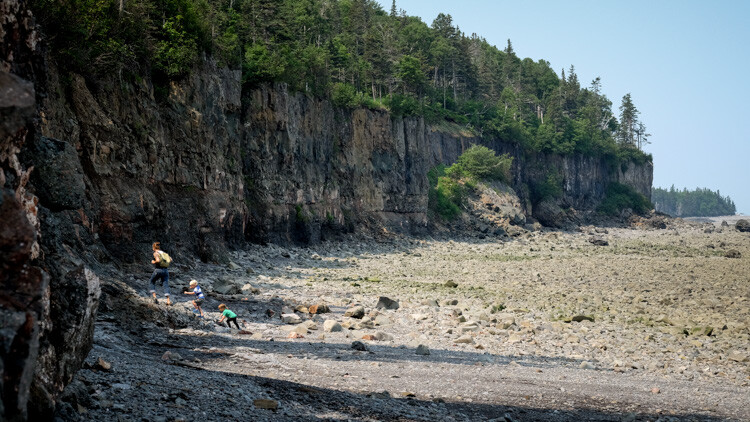



































































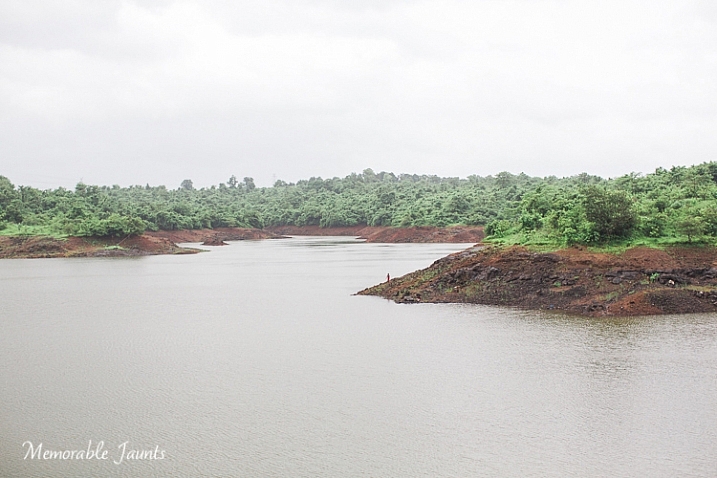
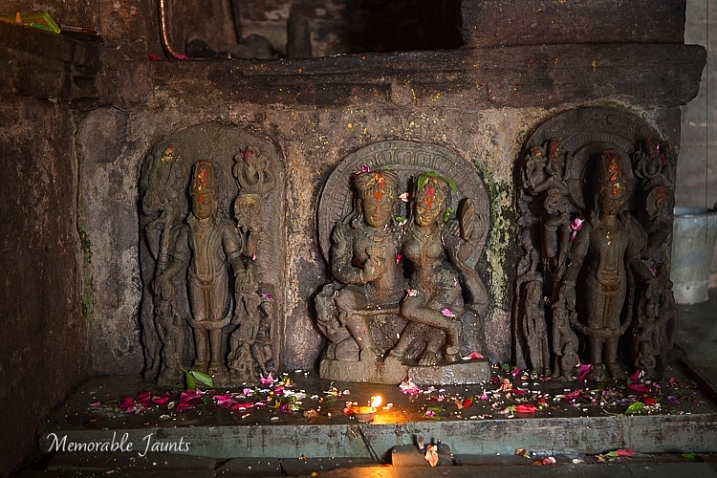
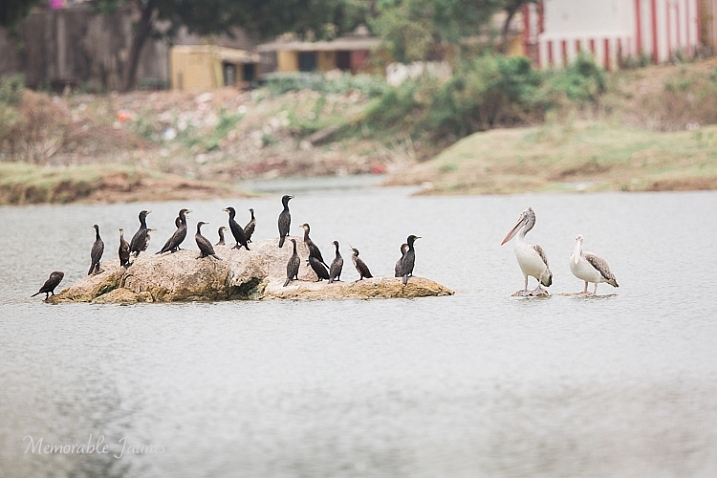

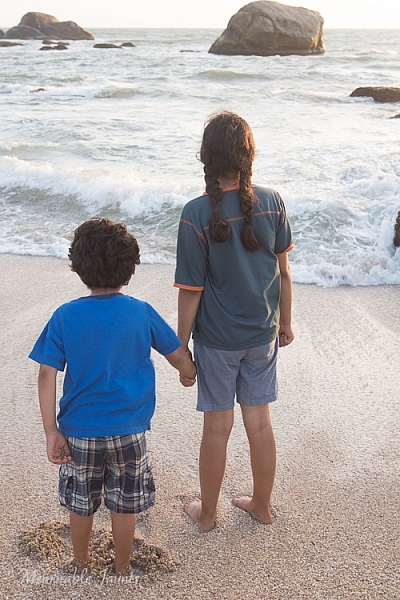







You must be logged in to post a comment.